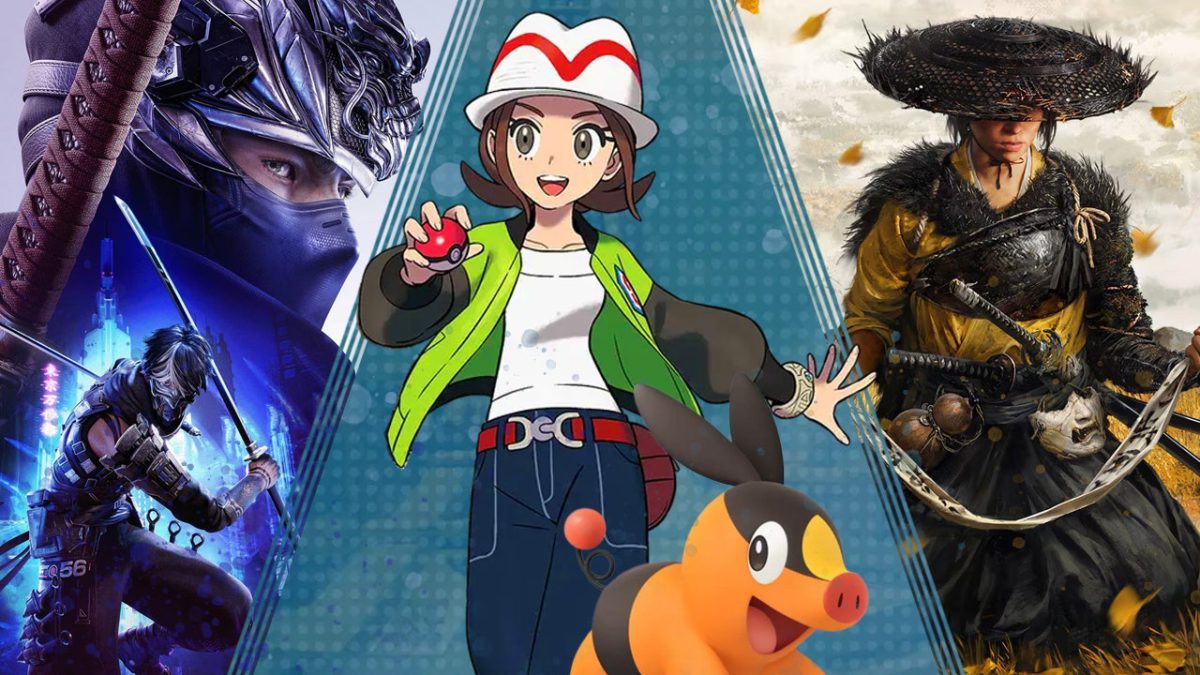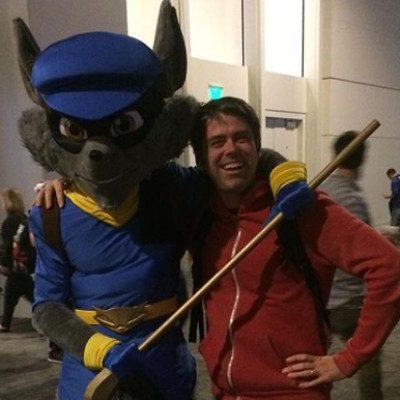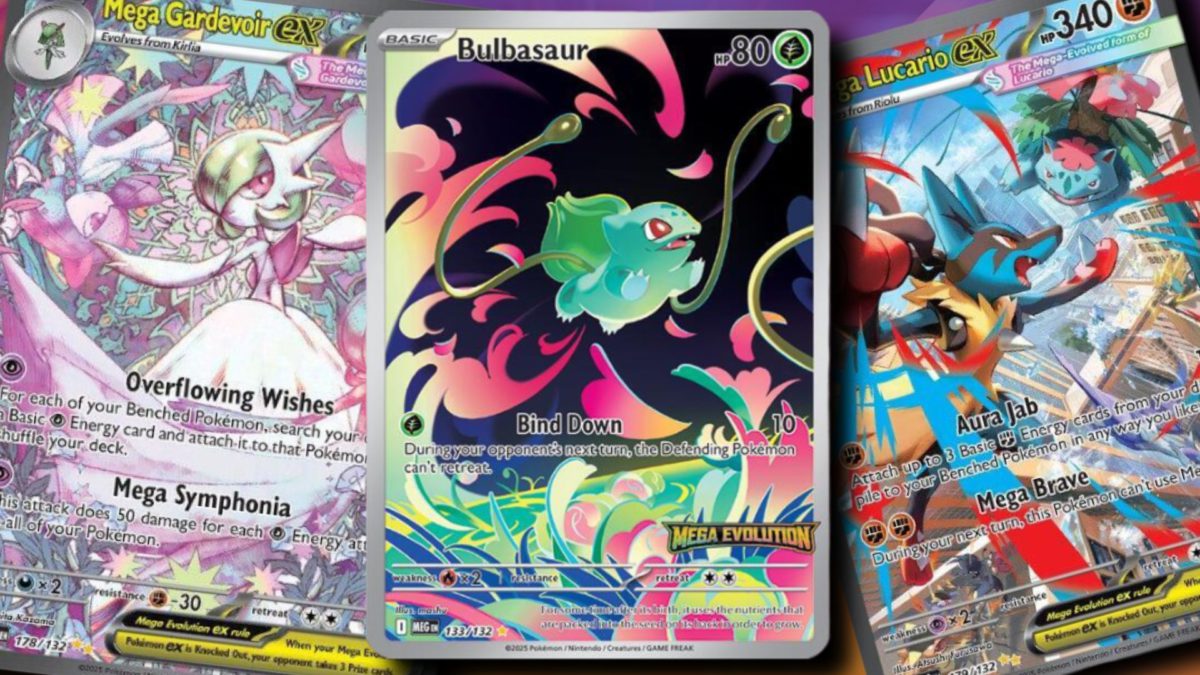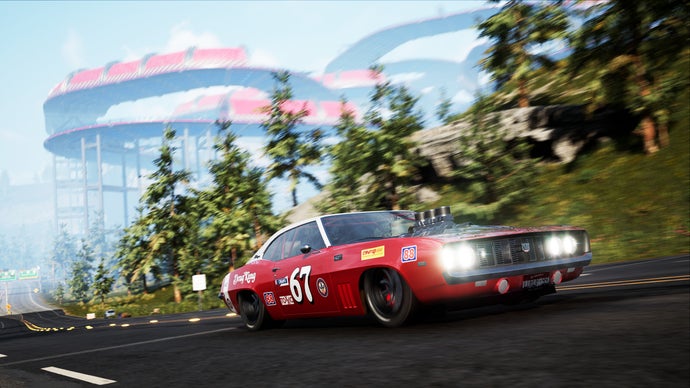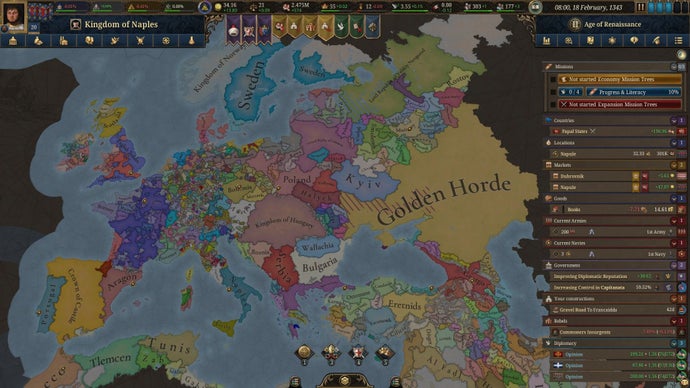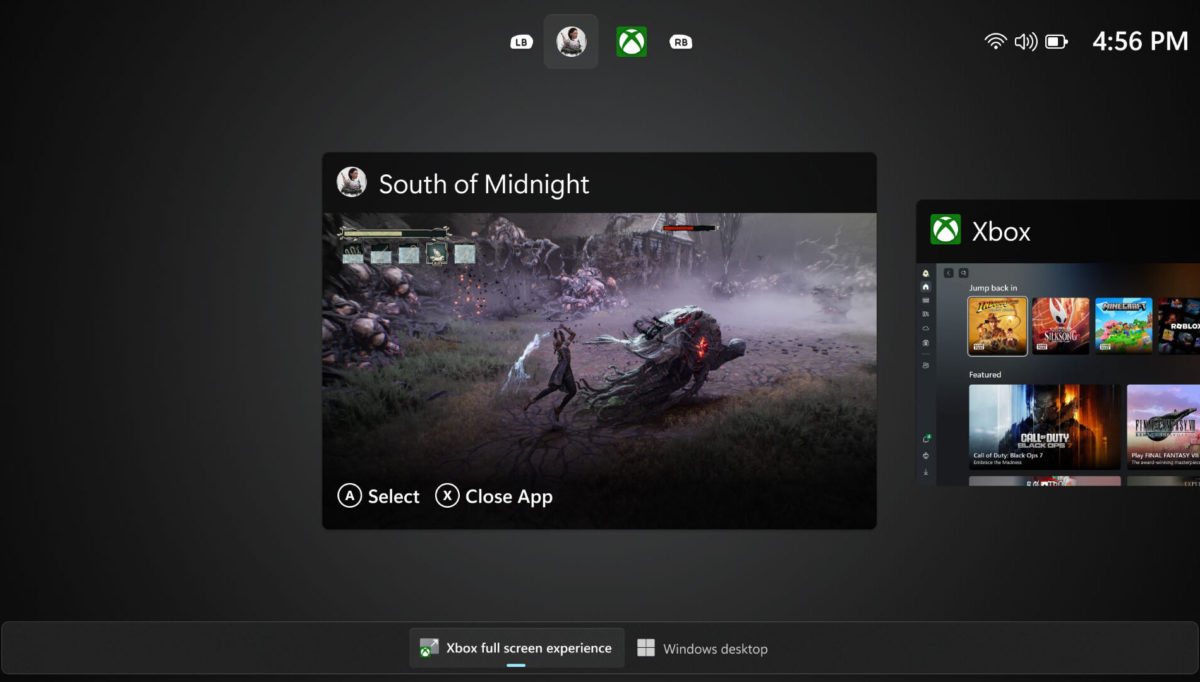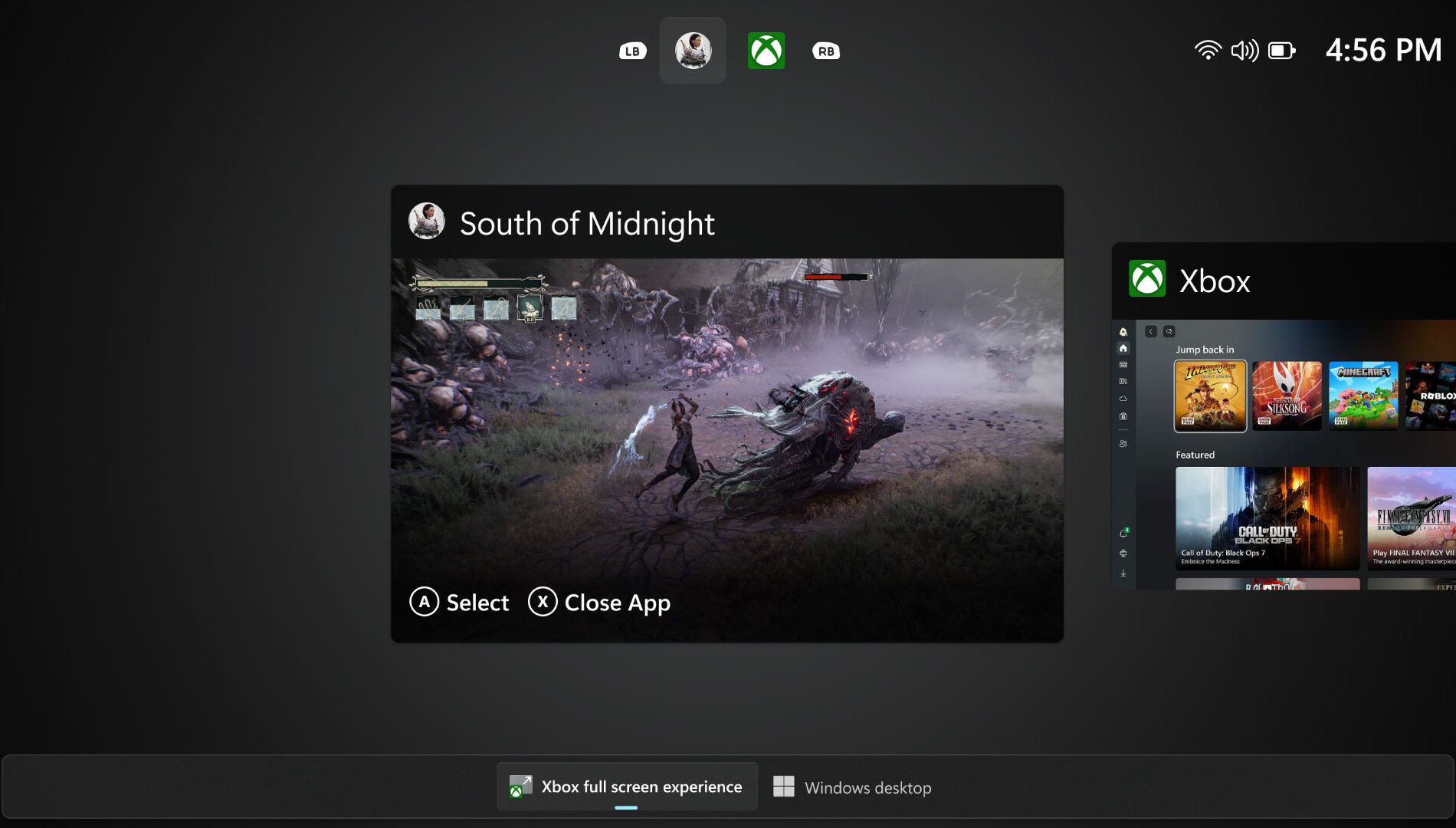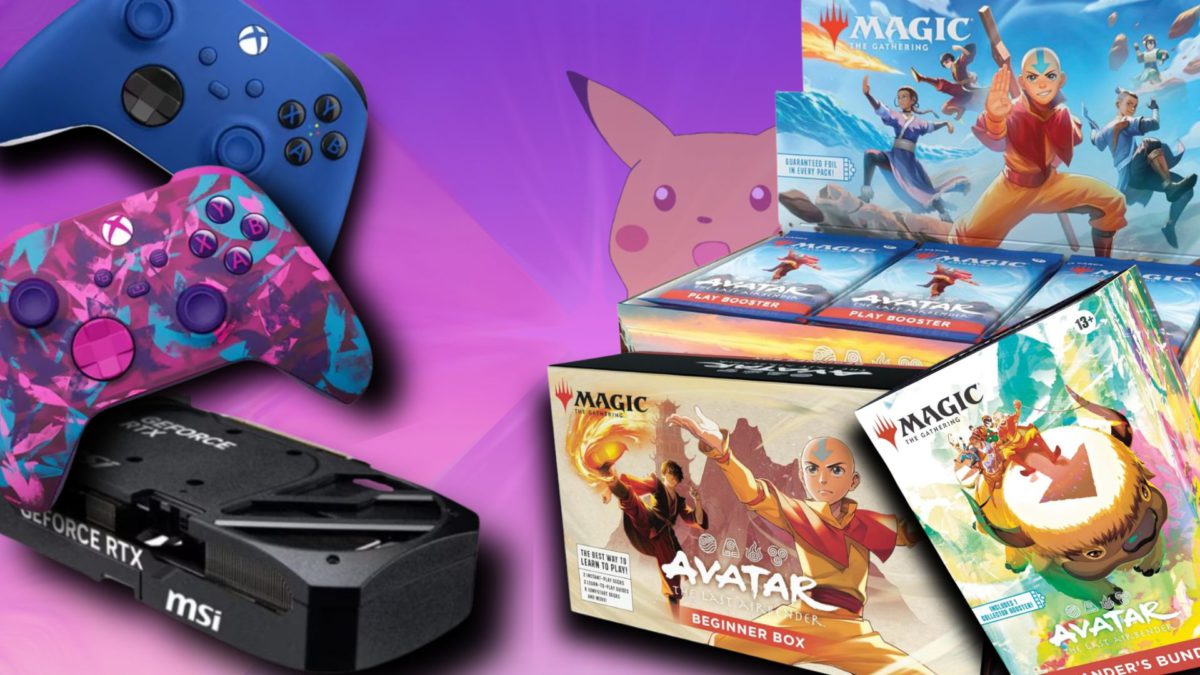
Not only does November bring cooler weather, but it also offers an entirely new batch of PS5, Xbox Series X|S, Nintendo Switch, Switch 2, and PC games to entertain us. We’re on the tail end of the big games of the fall, but the year isn’t done with us yet. This month we get big releases like Call of Duty: Black Ops 7, Hyrule Warriors: Age of Imprisonment, Kirby Air Riders, and perhaps most importantly, Terminator 2D: No Fate. Read on to see release dates for all the biggest games and expansions coming out this month and beyond. Let’s have a look.
If you’re the preordering type, you can click the links for the platform of your choice to see the game at Amazon (if available).
November 2025 – Video Game Release Dates
- Tavern Keeper – November 3 – (PC)
- Age of Empires IV – November 4 – (PS5)
- Europa Universalis V – November 4 – (PC)
- Football Manager 26 – November 4 – (PS5, Xbox, PC, Mobile)
- Satisfactory – November 4 – (PS5, Xbox)
- Biped 2 – November 5 – (PS5, Switch, Xbox, PC)
- Dinkum – November 5 – (Switch)
- Hyrule Warriors: Age of Imprisonment – November 6 – (Switch 2)
- The Last Caretaker – November 6 – (PC)
- Of Ash & Steel – November 6 – (PC)
- Siberia Remastered – November 6 – (PS5, Xbox, PC)
- Unbeatable – November 6 – (PS5, Xbox, PC)
- Whiskerwood – November 6 – (PC)
- A Pizza Delivery – November 7 – (PS5, Xbox, PC)
- Thrasher – November 7 – (PC)
- Fallout 4: Anniversary Edition – November 10 – (PS5, Xbox, PC)
- Inazuma Eleven: Victory Road – November 10 – (PS5, Switch, Switch 2, Xbox, PC)
- Lumines Arise – November 11 – (PS5, PSVR 2, PC)
- NASCAR 25 – November 11 – (PC)
- Unpetrified: Echoes of Nature – November 11 – (PC)
- Tombwater – November 12 – (PC)
- Winter Burrow – November 12 – (Switch, Xbox, PC)
- Anno 117: Pax Romana – November 13 – (PS5, Xbox, PC)
- Yakuza Kiwami – November 13 – (Switch 2)
- Yakuza Kiwami 2 – November 13 – (Switch 2)
- Call of Duty: Black Ops 7 – November 14 – (PS5, Xbox, PC)
- Dragon Ball: Sparking! Zero – November 14 – (Switch, Switch 2)
- Monster Hunter Stories Collection – November 14 – (Xbox)
- Where Winds Meet – November 14 – (PS5, PC, Mobile)
- Escape from Tarkov 1.0 – November 15 – (PC)
- Unmourned – November 17 – (PC)
- Deadpool VR – November 18 – (Meta Quest)
- Morsels – November 18 – (PS5, Switch, Xbox, PC)
- News Tower (1.0 launch) – November 18 – (PC)
- SpongeBob Squarepants: Titans of the Tide – November 18 – (PS5, Switch 2, Xbox, PC)
- Demonschool – November 19 – (PS5, Switch, Xbox, PC)
- Kirby Air Riders – November 20 – (Switch 2)
- Outlaws + Handful of Missions: Remaster – November 20 – (PS5, Switch, Xbox, PC)
- STALKER 2: Heart of Chernobyl – November 20 – (PS5)
- Constance – November 24 – (PC)
- Project Motor Racing – November 25 – (PS5, Xbox, PC)
- Terminator 2D: No Fate – November 26 – (PS5, PS4, Xbox, Switch, PC)
- Bubble Bobble: Sugar Dungeons – November 27 – (PS5, Switch, PC)
December 2025 – Video Game Release Dates
- Simogo Legacy Collection – December 2 – (Switch, Switch 2, PC)
- Let It Die: Inferno – December 3 – (PS5, PC)
- Metroid Prime 4: Beyond – December 4 – (Switch, Switch 2)
- Octopath Traveler 0 – December 4 – (PS5, PS4, Switch, Switch 2, Xbox, PC)
- Routine – December 4 – (Xbox, PC)
- Thief VR: Legacy of Shadows – December 4 – (PSVR 2, Quest 2/3, Steam VR)
- Microsoft Flight Simulator 2024 – December 8 – (PS5)
- Yakuza Kiwami 1+2 – December 8 – (PS5, Xbox)
- Warhammer 40,000: Rogue Trader – December 11 – (Switch 2)
January 2026 – Video Game Release Dates
- Dragon Warriors Origins – January 22 – (Switch, Switch 2)
- Final Fantasy VII Remake Intergrade – January 22 – (Switch 2, Xbox)
- The Seven Deadly Sins: Origin – January 28 – (PS5, PC)
- Code Vein II – January 30 – (PS5, Xbox, PC)
February 2026 – Video Game Release Dates
- Nioh 3 – February 6 – (PS5, PC)
- Dragon Quest VII Reimagined – February 5 – (PS5, Switch, Switch 2, Xbox, PC)
- Mario Tennis Fever – February 12 – (Switch 2)
- Yakuza Kiwami 3 & Dark Ties – February 12 – (PS5, PS4, Switch 2, Xbox, PC)
- High on Life 2 – February 13 – (PS5, Xbox, PC)
- Virtual Boy: Nintendo Classics (NSO) – Feburary 17 – (Switch, Switch 2)
- Tides of Tomorrow – February 24 – (PS5)
- Resident Evil Requiem – February 27 – (PS5, Xbox, Switch 2, PC)
- Resident Evil 7 – February 27 – (Switch 2)
- Resident Evil Village – February 27 – (Switch 2)
March 2026 – Video Game Release Dates
- Monster Hunter Stories 3 – March 13 – (Switch 2)
- Crimson Desert – March 19 – (PS5, Xbox, PC)
- Dynasty Warriors 3 Complete Edition Remastered – March 19 – (PS5, Switch, Switch 2, Xbox, PC)
- Mouse: P.I. for Hire – March 19 – (PS5, Switch, Switch 2, Xbox, PC)
- 007 First Light – March 27 – (PS5, Xbox, Switch 2, PC)
May 2026 – Video Game Release Dates
- Grand Theft Auto 6 – May 26, 2026 – (PS5, Xbox)
September 2026 – Video Game Release Dates
- Halloween: The Game – September 8, 2026 – (PS5, Xbox, PC)
Upcoming Video Games – Release Date TBA
- The Adventures of Elliot: The Millennium Tales – 2026 – (Switch 2)
- Animo – 2026 – (Xbox, PC)
- Aphelion – 2026 – (PS5, Xbox, PC)
- ArcheAge Chronicles – 2026 – (PS5, Xbox, PC)
- Ark 2 – TBA – (PC)
- At Fate’s End – 2026 – (PS5, Xbox, PC)
- Atomic Heart 2 – TBA – (PS5, Xbox, PC)
- Ballad of Antara – 2025 – (PS5)
- Battlestar Galactica: Scattered Hopes – Early 2026 – (PC)
- Beast of Reincarnation – 2026 – (PS5, Xbox, PC)
- Black Myth: Jhong Kui – TBA
- Blackfrost: The Long Dark II – TBA
- Blade Runner 2033: Labyrinth – TBA – (PS5, Xbox, PC)
- The Blood of Dawnwalker – 2026 – (PS5, Xbox, PC)
- Bloodstained: The Scarlet Engagement – 2026 – (PS5)
- Borderlands 4 – TBA – (Switch 2)
- Bubsy 4D – TBA – (PS5, Switch, Xbox, PC)
- Cairn – 2026 – (PS5)
- Chronicles: Medieval – 2026 – (PC)
- Chronoscript: The Endless End – 2026 – (PS5, PC)
- Clockwork Revolution – TBA – (Xbox, PC)
- Coffee Talk Tokyo – 2025 – (Switch, PC)
- Contraband – TBA – (Xbox, PC)
- Danganronpa 2×2 – 2026 – (Switch, Switch 2)
- Directive 8020: A Dark Pictures Game – H1 2026 – (PS5)
- Dreams of Another – 2025 – (PS5)
- The Duskbloods – 2026 – (Switch 2)
- Elden Ring: Tarnished Edition – 2026 – (Switch 2)
- The Eternal Life of Goldman – Holiday 2025 – (PS5, Switch, Xbox, PC)
- Everwild – TBA – (Xbox, PC)
- Fable – 2026 – (Xbox, PC)
- Fallout 4: Anniversary Edition – 2026 – (Switch 2)
- Fatal Frame 2: Crimson Butterfly Remake – Early 2026 – (Switch 2)
- Fire Emblem: Fortune’s Weave – 2026 – (Switch 2)
- Forza Horizon 6 – 2026 – (Xbox, PC, PS5 later)
- Frostpunk 1886 – 2027 – (PC)
- Game of Thrones: War for Westeros – 2026 – (PC)
- Gears of War: E-Day – TBA – (Xbox, PC)
- Hail Macbeth – Q1 2026 – (PC)
- Hela – 2026 – (Switch 2)
- He-Man and the Masters of the Universe: Dragon Pearl of Destruction – TBA – (PS5, Switch, Xbox, PC)
- ILL – TBA – (PS5, Xbox, PC)
- Indiana Jones and the Great Circle – 2026 – (Switch 2)
- Intergalactic: The Heretic Prophet – TBA – (PS5)
- Invincible Vs – 2026 – (PS5, Xbox, PC)
- John Carpenter’s Toxic Commando – Early 2026 – (PS5, Xbox, PC)
- Judas – TBA – (PS5, Xbox, PC)
- Jurassic Park: Survival – TBA – (PS5, Xbox, PC)
- LEGO Batman: Legacy of the Dark Knight – 2026 – (PS5, Switch 2, Xbox, PC)
- Little Devil Inside – TBA – (PS5, Switch, Xbox)
- Lord of the Fallen II – 2026 – (PS5, Xbox, PC)
- Marathon – TBA – (PS5, Xbox, PC)
- Marvel 1943: Rise of Hydra – 2026
- Marvel Cosmic Invasion – 2025 – (PS5, Switch, Xbox, PC)
- Marvel Tokon Fighting Souls – 2026 – (PS5, PC)
- Marvel’s Blade – TBA – (Xbox, PC)
- Mio: Memories in Orbit – 2025 – (Switch)
- Mixtape – 2025 – (PS5, Xbox, PC)
- Monster Hunter Stories 3: Twisted Reflection – 2026 – (Switch 2)
- Mortal Shell 2 – 2026 – (PS5, Xbox, PC)
- Mudang: Two Hearts – 2026 – (PS5, Xbox, PC)
- OD – TBA – (Xbox)
- Okami 2 – TBA
- Onimusha: Way of the Sword – 2026 – (PS5, Xbox, PC)
- Persona 4 Revival – TBA – (PS5, Xbox, PC)
- Phantom Blade 0 – 2026 – (PS5)
- Phantom Hellcat – TBA – (PS5, Xbox, PC)
- Pokemon Champions – TBA – (Switch, mobile)
- Pokemon Pokopia – 2026 – (Switch 2)
- Popucom – Holiday 2025 – (Switch)
- Planet of Lana 2: Children of the Leaf – 2026 – (PS5, Xbox, Switch, PC)
- Pragmata – 2026
- Prince of Persia: The Sands of Time remake – 2026 – (PS5, Xbox, PC)
- Professor Layton and the New World of Steam – 2026 – (Switch, Switch 2)
- PVKK – Summer 2026 – (PC)
- Replaced – 2026 – (Xbox, PC)
- Resonance: A Plague Tale Legacy – 2026 – (PS5, Xbox, PC)
- Rhythm Heaven Groove – 2026 – (Switch)
- Road Kings – 2026 – (PS5, Xbox, PC)
- Romeo Is a Dead Man – 2026 (PS5)
- Saros – 2026 – (PS5)
- Scott Pilgrim EX – 2026 – (PS5, Xbox, Switch, PC)
- Screamer – 2026 – (PS5, Xbox, PC)
- Sea of Remnants – 2026 – (PS5)
- The Sinking City 2 – 2026 – (Xbox, PC)
- Slay the Spire 2 – early access in 2025 – (PC)
- Sleight of Hand – 2025 – (Xbox, PC)
- Solo Leveling Arise Overdrive – 2026 – (Xbox, PC)
- Splatoon Raiders – TBA – (Switch 2)
- Star Wars: Knights of the Old Republic Remake – TBA – (PS5)
- State of Decay 3 – TBA (Xbox, PC)
- Super Mario Bros Wonder: Nintendo Switch 2 Edition + Meetup in Bellabel Park – Spring 2026 – (Switch 2)
- Super Meat Boy 3D – Early 2026 – (PS5, Xbox, PC)
- Styx: Blades of Greed – Fall 2025 – (PS5, Xbox, PC)
- Terminator: Survivors – TBA – (PS5, Xbox, PC)
- There Are No Ghosts at the Grand – 2026 – (Xbox, PC)
- Tides of Annihilation – TBA – (PS5, Xbox, PC)
- Tomodachi Life: Living the Dream – Spring 2026 – (Switch)
- Turok Origins – TBA – (PS5, Xbox, PC)
- Valor Mortis – TBA – (PS5, Xbox, PC)
- Warhammer 40,000: Boltgun 2 – 2026 – (PS5, Xbox, PC)
- Warhammer 40,000: Dark Heresy – TBA (PS5, Xbox, PC)
- Warhammer 40,000: Dawn of War 4 – 2026 (PC)
- Witchbrook – 2026 – (Switch, Xbox, PC)
- The Witcher 4 – TBA
- The Wolf Among Us 2 – TBA – (PS5, Xbox, PC)
- Wolverine – Fall 2026 – (PS5)
- World of Warcraft: Midnight (expansion) – 2026 – (PC)
- Wu-Tang: Rise of the Deceiver – TBA – (PC)
- Yoshi and the Mysterious Book – Spring 2026 – (Switch 2)
- Zero Parades – 2026 – (PS5, PC)
For more release date fun, check out our ongoing list of 4K UHD and Blu-ray release dates.
Chris Reed is a commerce editor and deals expert for IGN. He also runs IGN’s board game and LEGO coverage. You can follow him on Bluesky.

